While some might call the Magars fiercely Hinduized, Magar lifestyle, traditions and culture differ greatly from mainstream Hindu way of life. The Magars still celebrate indigenous tribal festivals that borders around nature or earth worship. These festivals are celebrated over homemade beer and dancing to the sound of drums. They revere nature spirits, and also make offerings and sacrifices during their festivals. However not much is known about the origins of the Magar people in the Himalayas. Various writers advocate different theories. The problem is that we do not find many clues or written history in the archives of ancient Nepal. Almost all ancient civilizations or cultures of Nepal have no recorded history and we have to entirely rely on speculations, folklore and logic, along with a few genealogies, to decipher or determine their origins.
The Magar people are the indigenous inhabitants of the western Himalayas of Nepal, what is today known as the Gandaki region. Various scholars provide anthropological explanations to determine the originality of the Magar people. One of the earliest credible sources of information regarding the Magar people is the copper-plate inscription of Shivadeva which is dated 1110 CE which has a mention of Mangavara Vishaya. Here, Mangavara seems to hint at the original term for Magar or Mangar (as they are known in the hills of Darjeeling and Sikkim). The inscription, thus, highlights that to the west and south of Dhaulagiri, it was the Magar people who resided or ruled this land. The fact that the Magars inhabited in a large part of the western Dhaulagiri is not a revelation. What is known today as Bara Magarat or the Twelve Magarat Kingdoms can be identified as Gulmi, Isma, Rising, Dhor, Khanchi, Garhu, Bhirkot, Argha, Panyu, Ghiring, Satahu and Musikot. Many of the places in these regions have Magar names. Towns like Tansen and Rivers like Marshyandi, Daraundi are all names of Magar origin.
Scholars like Balkrishna Pokharel are of the opinion that the Magars first entered the Nepal Himalayas in 2300 B.C and they did so from five directions. Dharma Prasad Shrees, in his book Magarati Sanskriti (Eitahasik Pristhabhumi) concurs with the theory. He claims that the Magars arrived in Nepal in five distinct groups through different boundaries of Nepal. He goes on to say that the five waves of Magar migration began with the advent of Magars in the Mahar valley of India. The second migration happened around the Rapti and Narayani Rivers. The third came from the North and settled into the Mustang regions and around Dolpa, Mustang, Myagdi, Parbat, Baglung, Pyuthan and Rukum. The fourth went to Nepal from Sikkim and the fifth group settled in the Indian Gangetic plains.
Jiro Kawakita in his book, Himalayan Habitat and Culture Change among the Magars – Some Hypothetical Views says that Magars are a Mongoloid race who mainly migrated from North to South and initially settled in low hill area near Terai, Butwal and Palpa. Due to close contact with Indian culture, they lost the Buddhist characterstics and attracted towards Hinduism. They are distributed to western and eastern Nepal after attack of Rajputs. Despite of these diversities about the origin stories of Magar, most scholars belive that the Magars are the traditional inhabitants of the region from Gandaki to the Rapti areas.
According to Dr. Budhamagar, the Magars entered Nepal through the Mustang valley in 1500 B.C. From there, they entered Myagdi, Parvat, Baglung, Pyuthan, Rolpa and Northern Rukum and settled there. This theory that the Magars came to Nepal from the North has been concurred by Imansingh Chemjong and Khildhoj Thapa. Khildhoj Thapa also adds that the Magars, who were originally animists had migrated to Nepal much before there were any consolidated kingdoms in the Himalayas. Some history writers have made a different claim in their books. In his book Gurkhas: the story of the Gurkhas of Nepal country, Francies Tuker writes that the Magars actually came from the South. They entered Nepal from Chittorgarh in India who king was Rishi Rana.
Michael Oppitz, who made an incredible four hour documentary on Kham Magars, called Shamans of the Blind Country writes in his book, The Wild Boar and the Plough: Origin Stories of the Northern Magars that there are three variations to the story of Magar origins. They are:
- The Vamshali of Budha and Hukam
- The Vamshali of the Gharti from Taka
- The Oral Origin Story of the Gharti
The common concept of the three versions, though narrated differently told talks about the origin of the first ancestors, their first alliances, later migration movements into their contemporary homeland and the origins of agriculture and of hunting. All three versions state that the first common ancestors emerged from a dwelling place of the Gods, a cave under an overhanding rock, located rouchly to the north of the ridge that divides the Uttar Ganga and the Pelma Khola valleys. The first two versions say that the place of origin is a place called Pimachare. The narrative tells us that the Magars, of those belonging to the Gharti, Pun and Budha tribes do not trace their origin of ancestry to some foreign land. They talk about the story of the creation and origin relating to place where they live today.
The Magar story of origin also mentions the clan divisions between the Baara (Twelve) Panthi and the Atharah (Eighteen) Panthi. The folk myth that speaks of division occurring between different brothers to form broad patrilineal clan structure can be taken into account. Here, we can notice that the Bara panthi magars are found in Gandaki and Lumbini zones. The language they speak is called Magarati language. The Atharapanthi Magars are found in Midwestern region Rolpa, Rukum, Salyan and Pyuthan.
There are many claims, narratives, writings and theories about the origin of the Magar people. However many of them seem merely speculations rather than being based on solid empirical evidence. I believe that more research must be done in order to come to a proper unanimous conclusion about the origin of the Magar people. We can decipher that by DNA mapping, language root and family, original culture and traditions, folklore and oral narratives among other ways.
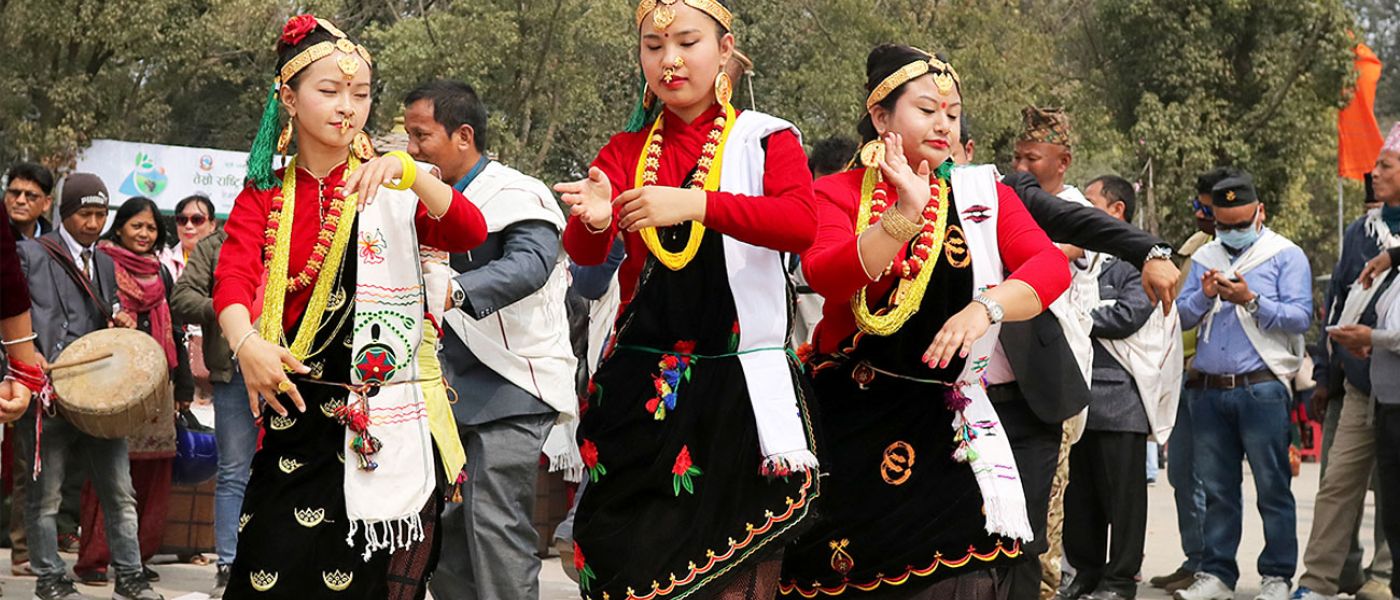
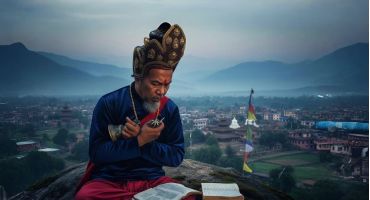
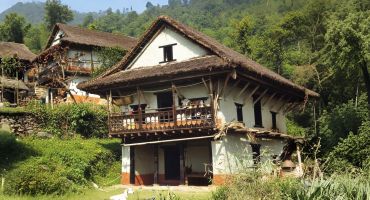
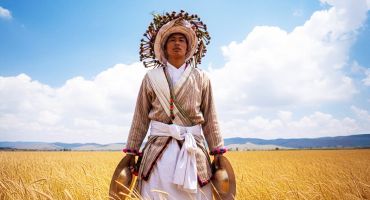
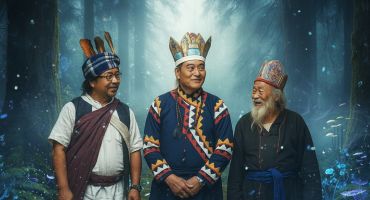
Leave a Reply